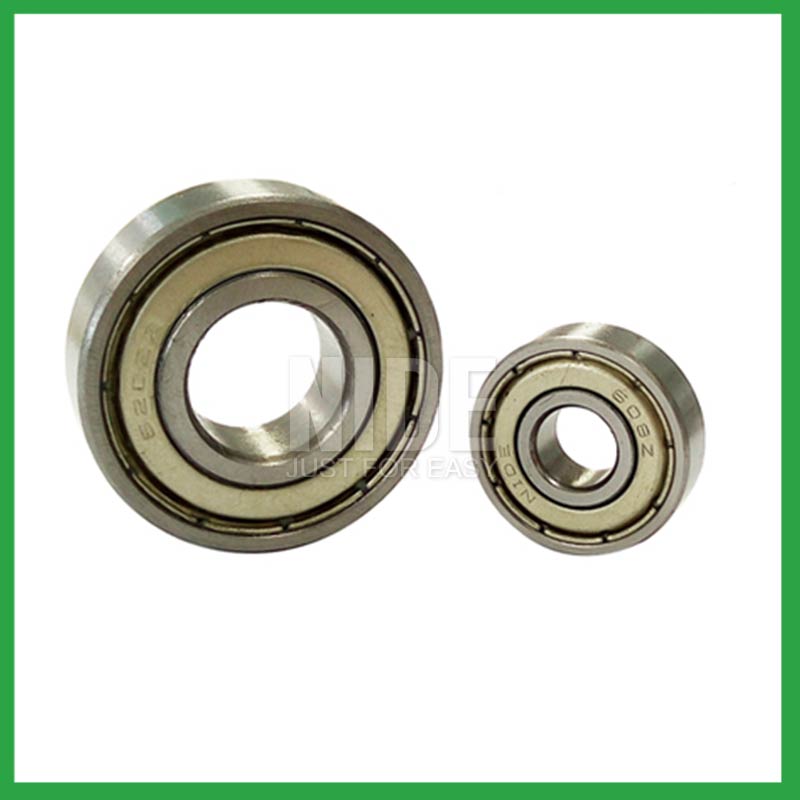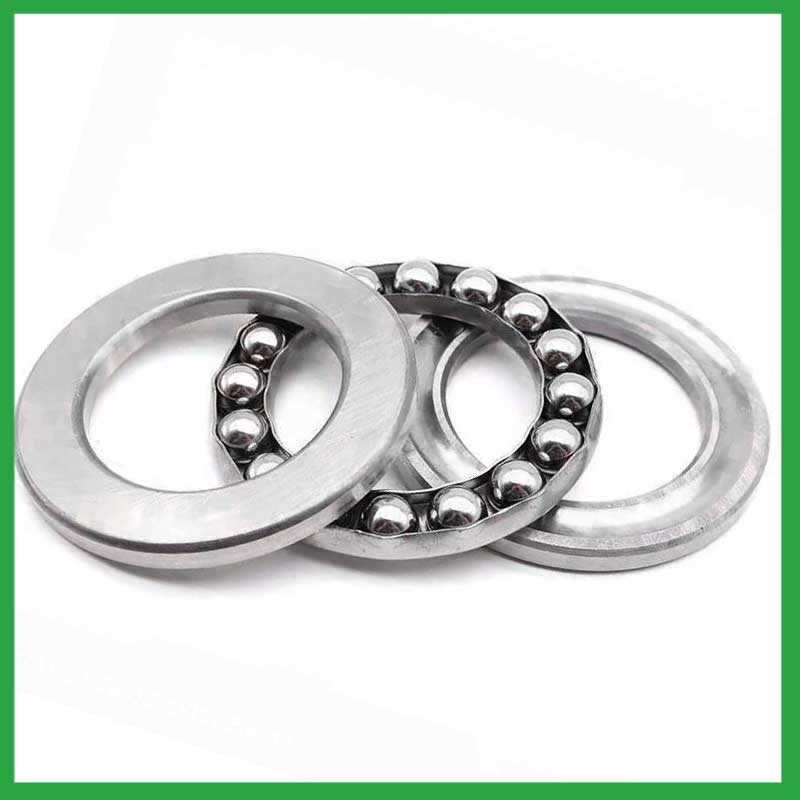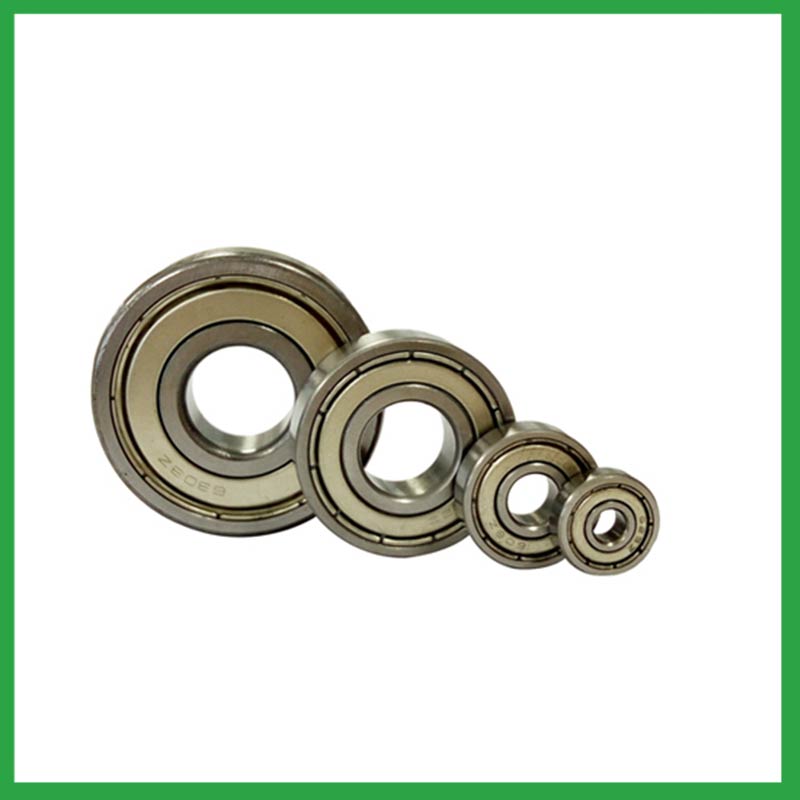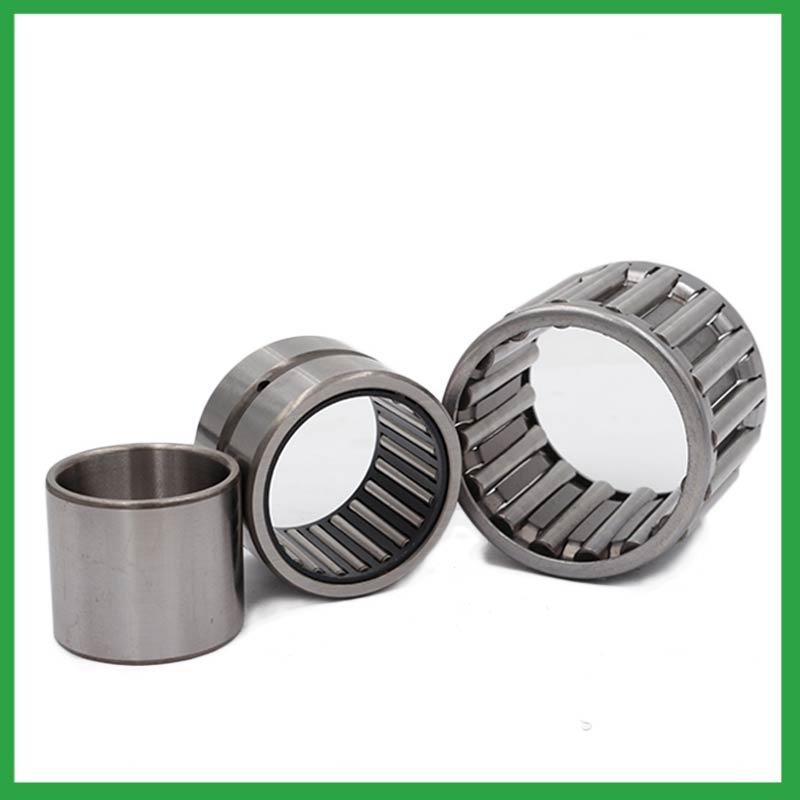PRODUCTS
CONTACT US
Ningbo Nide International Co., Ltd.
一一
· Contact person:Jack Zeng
· Mob/Whatspp/WeChat:0086-13738869026
· Email:emarketing@nide-group.com;marketing4@nide-group.com
· Add:No. 169, Wohushan Road, Daqi Subdistrict, Beilun District, Ningbo, China

Nide team could manufacture ball bearing as per customer’s drawing and samples.
If customer only has samples, we could also design drawing fo r our customer.
We also provide customized service.
Our ball bearing is widely applied the different industrials.
Established in 2010, Ningbo Haishu Nide International Co., Ltd is a company devoted in the field of electric motors manufacturing, providing one-stop service for its customers. Nide has three main business divisions. The first division is to provide different kinds of motor manufacturing machinery, including stand along machine, fully-auto complete line for armature and stator production, and the motor assembly line. The second division is to supply the full range of shaft,insulation paper,thermal protector,fan,commutator,motor cover and lamination,etc. The third division is to provide technical support and consulting, project support and turn-key service for some motor manufacturing.

| Parameter | Information |
| Product Name | ball bearing theory |
| Brand Name | Nide |
| Place of Origin | China |
| Type | Ball |
| Material | chrome steel, etc. |
| Sample | Avaible |
| Warranty | 3months-1year |
| Lubrication | Dry/ Oil |
| Application | fan electric motor, etc. |
| Port | Ningbo/Shanghai |
| Size(mm) | customize |
| Export Country | Argentina,Brazil,South Korea,United Arab Emirates,Guernsey,Equatorial Guinea,Eritrea,Navassa Island...etc |
| Export region | Asia,Africa,Oceania... |
| Certification | ISO 9001 Certification,CE-stator coil winding inserting machine,ISO9001:2015 certificate,etc |
| Precision Rating | as per customer's requirement |
| Feature | Low Noise,High precision...etc |
| Packaging Details | Suitable for sea transportation |
| Color | white+customized |
| Seals Type | Rubber seals |
| Service | Prompt Delivery |
| Supply Ability | 100000-500000 Piece/Pieces per Month |
| Lead time (days) | 15-20 (To be negotiated) |
Please note: The above table data is for reference only. For specific information, please contact us.
ball bearing theory have the advantages of durability,high efficiency,low friction coefficient, and high load, and are used in main motion mechanisms and components, such as automotive drive components,tires,resistors,transmission shafts, different motion mechanisms and accessories of airplanes and motorcycles.
During the installation process, pollution from dirt and wear media should be prevented;
Temperature and humidity should be controlled to avoid excessive temperatures during startup and operation;
It should be operated and lubricated in the correct reverse direction to avoid unnecessary damage.
Ball bearings have many advantages, making them highly competitive in the market.
Firstly, they are very durable and have good wear performance, making their service life longer than many other types of bearings.
Secondly, they are easy to install and can provide low friction performance in various applications.
Thirdly, they require a relatively low level of maintenance, making them cost-effective.
In addition, compared to many other types of bearings, their purchase cost is relatively low, making them an economical choice.




ball bearing theory---FAQs Guide
2.What are the considerations for selecting sealed or shielded ball bearing theory to protect against contamination and retain lubrication?
3.What is the significance of ball bearing theory lubrication, and how does it affect bearing lifespan and performance?
4.As a ball bearing theory manufacturer,What is your payment method?
5.As a ball bearing theory manufacturer,can you supply samples?
6.What is the typical noise level associated with ball bearing theory, and how are noise-reduction techniques applied?
7.How do cage materials and designs impact ball bearing theory performance and stability?
8.How do cage designs affect ball bearing theory speed and acceleration capabilities in high-speed machinery?
9.What are the considerations for choosing between open, shielded, or sealed ball bearing theory in specific applications?
10.How do manufacturers ensure the quality and reliability of ball bearing theory through material selection and precision machining?
11.How do ball bearing theory contribute to the overall efficiency and energy savings in industrial machinery and transportation systems?
12.Can ball bearing theory operate in high-temperature environments like industrial ovens or furnaces, and how are they protected from heat-related damage?
13.Can ball bearing theory be customized with special coatings or treatments to meet specific industry standards or regulatory requirements?
14.Are there specific ball bearing theory designed for applications in the aerospace and aviation industries, and what standards do they adhere to?
15.Are there self-aligning ball bearing theory that accommodate misalignment and shaft deflection in rotating equipment?
1.What is the role of ball bearing theory in reducing friction and energy loss in rotating machinery?
ball bearing theory reduce friction by using smooth balls lubricated with oil or grease that freely roll between a smooth inner and outer surface. The main concept of the ball bearing is that objects that roll past each other produce less friction than if the objects were sliding against each other.
2.What are the considerations for selecting sealed or shielded ball bearing theory to protect against contamination and retain lubrication?
First, the environment in which your ball bearing theory operate in can help you identify potential contaminants, allowing you to select your shields or seals accordingly. For example, shielded bearings have a gap that can allow finer contaminants or water from washdown applications to enter the bearing and get into the raceways.The challenge for sealing bearings is to seal the bearing by protecting the bearing from contaminants and running efficiencies.
3.What is the significance of ball bearing theory lubrication, and how does it affect bearing lifespan and performance?
Bearing lubrication is vital for preserving the performance and lifespan of rolling element bearings. Lubrication helps separate moving parts relative to one another, such as rollers and raceways or balls, to prevent wear and tear and friction.
4.As a ball bearing theory manufacturer,What is your payment method?
We accept T/T, PAYPAL or Western Union, credit card or via ALIBABA Assurance order.
5.As a ball bearing theory manufacturer,can you supply samples?
Sure, samples can be provided free of charge, and the buyer pay the postage of the sample.

6.What is the typical noise level associated with ball bearing theory, and how are noise-reduction techniques applied?
To measure in accurate way the ball bearing theory noise under rotation during their manufacturing process is a key activity particularly in the production of medium, small and ultra-small deep groove ball bearings. This capability in bearings noise analysis has become the real distinguishing element between a standard bearings noise equipment and a superior class one.
The various types of vibration and sound in rolling bearings can be grouped in four main categories: structural, manufacturing, handling and other. The structural vibration consists mostly of race, click, squeal and cage noise: it can be continuous or intermittent depending on specific cases. The manufacturing vibration is instead related to the waviness noise generated by the geometrical imperfections of inner and outer ring and of rolling elements, being always continuous in nature. The so-called handling vibration is normally associated with flaw and contamination and is generating – in most of the cases – irregular noise. Then there are other types of vibrabition that include noise generated by sealing and lubricant (irregular) or by runout (continuous).
7.How do cage materials and designs impact ball bearing theory performance and stability?
As the core component of rotating machinery, the performance and reliability of high-precision ball bearing theory directly affect the overall performance and life of the machine and instrument . The increase of the rotational speed will aggravate the collision and friction of the cage, which will lead to the decrease of the rotational stability of the cage. The unstable movement of the cage could in turn lead to more severe collision and wear, thus reducing the life and reliability or even the destruction of the bearing.
Therefore, it is very necessary to study the cage stability to guarantee the stable operation of bearings. However, the dynamic characteristics of the cage is very complex. Parameters such as load, rotational speed and lubrication may affect its kinematic and tribological conditions, which leads to the change of its motion behavior.
8.How do cage designs affect ball bearing theory speed and acceleration capabilities in high-speed machinery?
In high-speed ball bearing theory, external load has a great effect on cage stability and sliding ratio, especially for the bearings at work in the starting process. The cage stability is worse in the beginning of the bearing starting process. The axial load greatly influences cage dynamic performance in the bearing starting process.
In addition, while ball bearings worked under steady conditions, axial load and radial load both have a great influence on cage dynamic performance. The effects of axial load on cage dynamic performance during the bearing starting process are opposite from the effects under steady conditions.
9.What are the considerations for choosing between open, shielded, or sealed ball bearing theory in specific applications?
While sealed bearings offer superior protection and maintenance advantages, shielded ball bearing theory can be more suitable in situations where minimal friction and operating temperature are crucial. It's essential to assess the operational environment and demands before making a selection.
10.How do manufacturers ensure the quality and reliability of ball bearing theory through material selection and precision machining?
High-precision measuring instruments, such as micrometers and gauges, are used to check the dimensions of the rings and balls to ensure they meet tight tolerances. Surface Finish Inspection: Surface finish is assessed using profilometers to ensure the required smoothness and low friction characteristics.

11.How do ball bearing theory contribute to the overall efficiency and energy savings in industrial machinery and transportation systems?
The balls roll along the raceway, allowing for smooth rotation of the machinery or equipment. Ball bearings are used to support rotating, reduce friction and support radial and axial loads in high-load, high-speed applications where reliability and efficiency are critical.
12.Can ball bearing theory operate in high-temperature environments like industrial ovens or furnaces, and how are they protected from heat-related damage?
ball bearing theory are capable of working at temperatures up to +842°F (+450 °C). Special lubricants, seals and coatings make this possible by protecting the ball bearings from heat damage.
13.Can ball bearing theory be customized with special coatings or treatments to meet specific industry standards or regulatory requirements?
Yes, ball bearing theory can be customized with special coatings or treatments to meet specific industry standards or regulatory requirements.
1. Corrosion-resistant coatings: These coatings are used to protect the bearings from corrosion caused by exposure to moisture, chemicals, and other corrosive substances.
2. High-temperature coatings: These coatings are used to improve the thermal stability and performance of bearings in high-temperature environments.
3. Food-grade coatings: These coatings are specially designed for applications in the food and beverage industry, where bearings come into contact with food, beverage, or pharmaceutical products.
4. Anti-static and non-conductive coatings: These coatings are used to dissipate static electricity, which can cause damage to electronic components.
5. Specialized lubrication treatments: Bearings can be treated with specialized lubricants that meet specific industry standards or regulatory requirements.
14.Are there specific ball bearing theory designed for applications in the aerospace and aviation industries, and what standards do they adhere to?
Airframe control ball bearing theory are specialized bearings tailored for aircraft structures, particularly control systems and surfaces. Designed for low-speed oscillatory applications, they offer precision and support, effectively managing misalignments and flight-induced stresses.
Airframe Control bearings are lightweight, corrosion-resistant, grease-lubricated, and are sealed on most occasions. They come in precision grades for running accuracy.
15.Are there self-aligning ball bearing theory that accommodate misalignment and shaft deflection in rotating equipment?
These ball bearing theory are particularly suitable for applications where misalignment can arise from errors in mounting or shaft deflection. A variety of designs are available with cylindrical and taper bores, with seals and adapter sleeves and extended inner rings.


